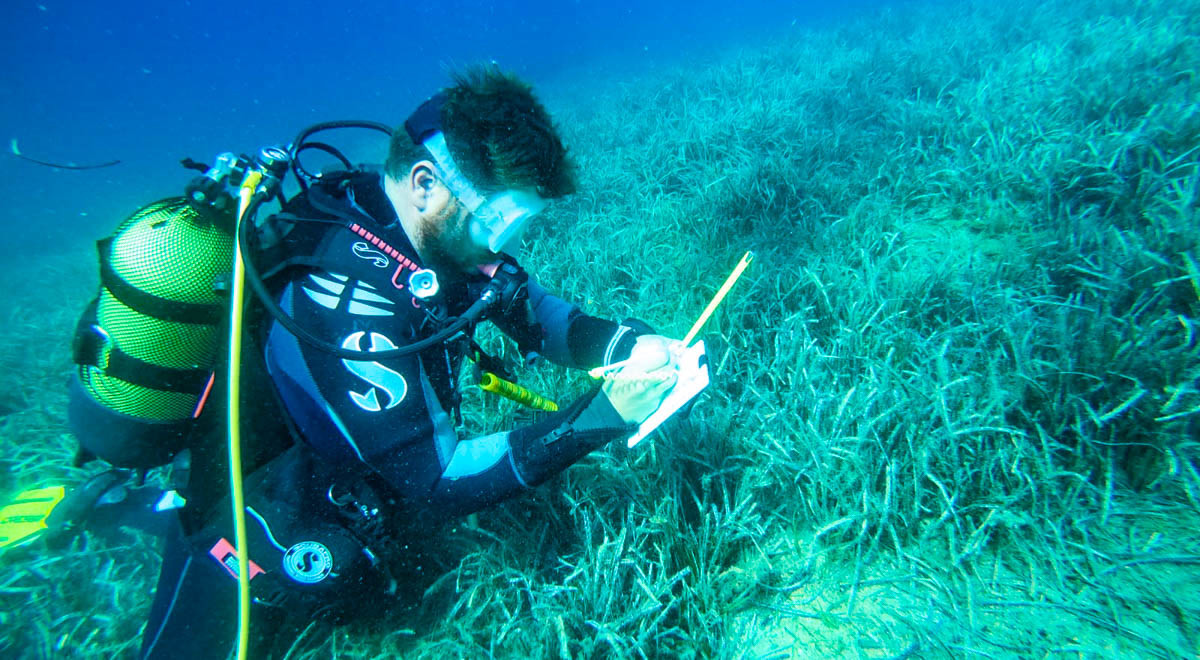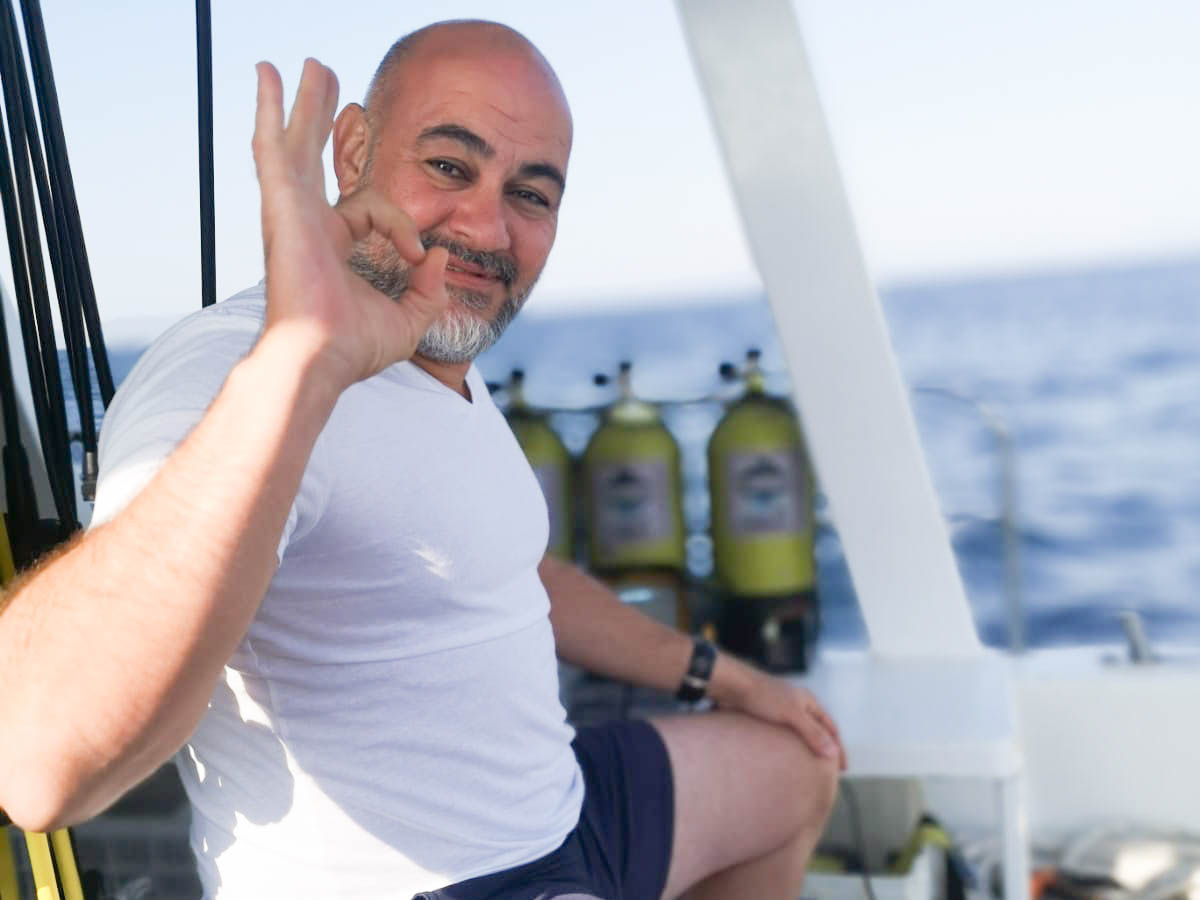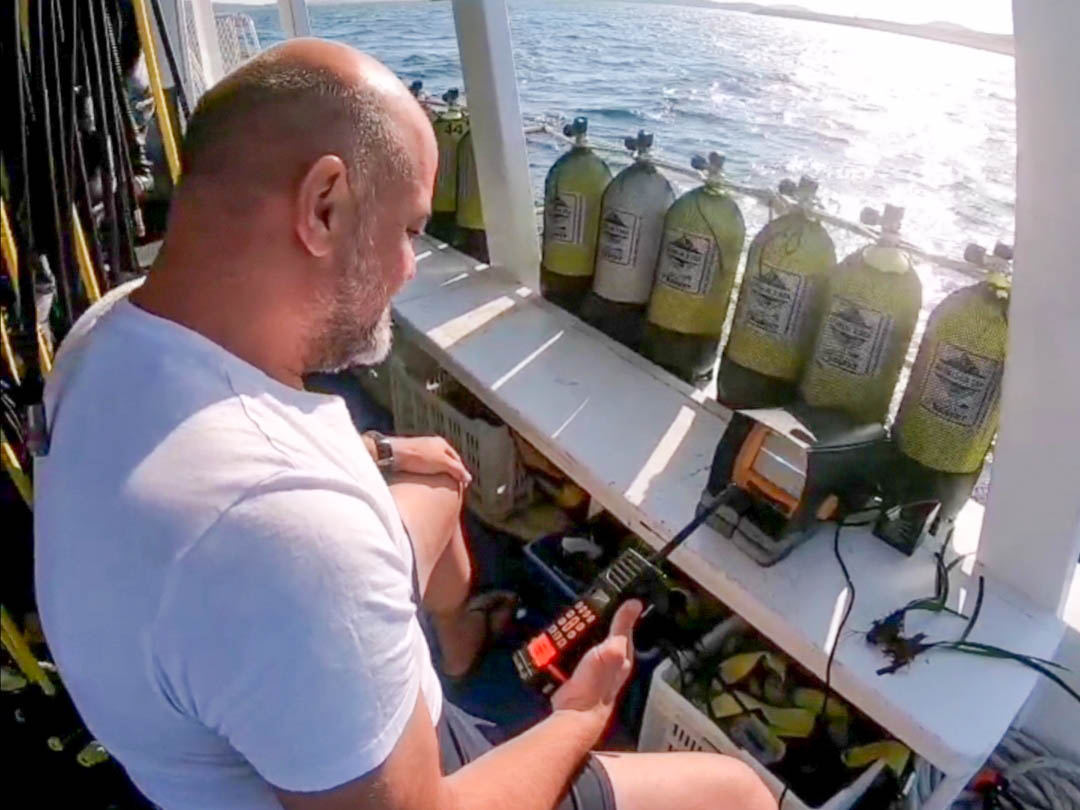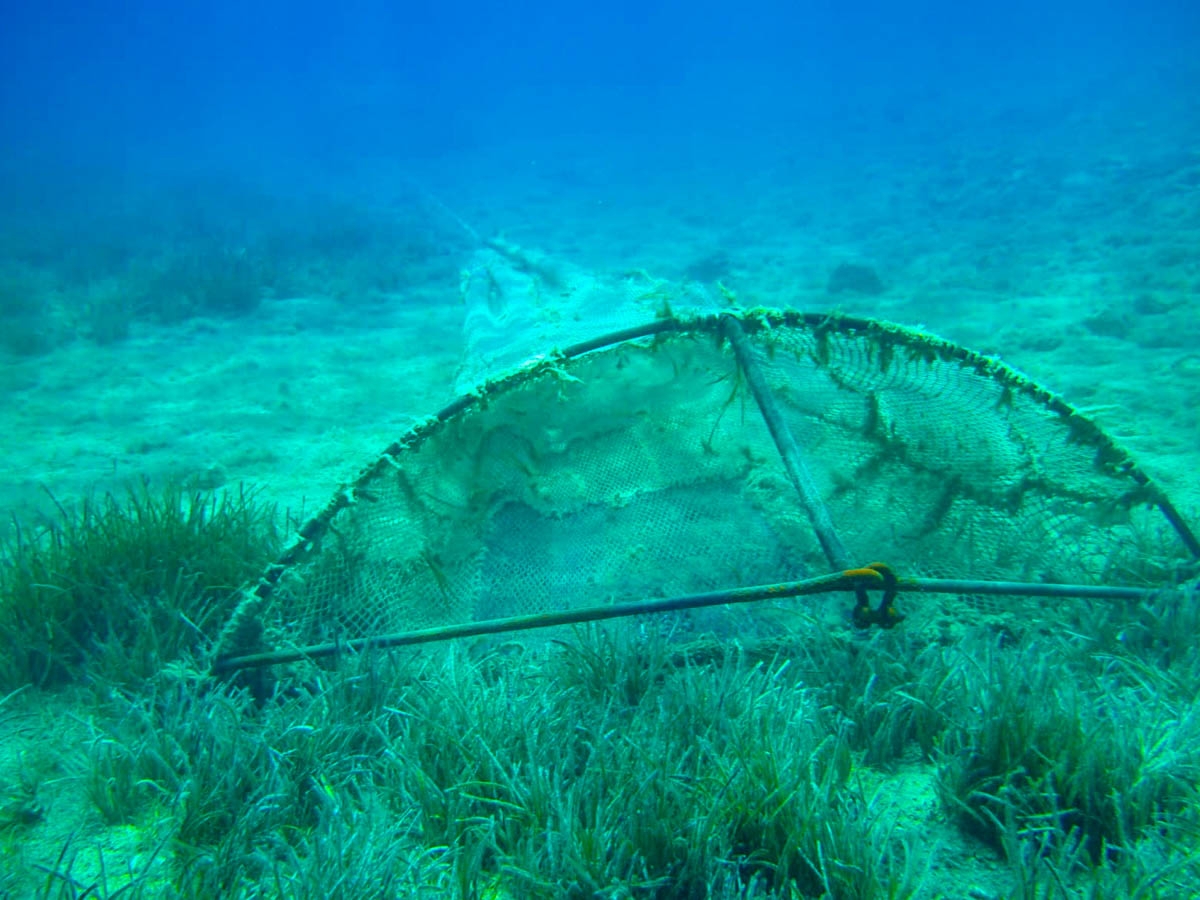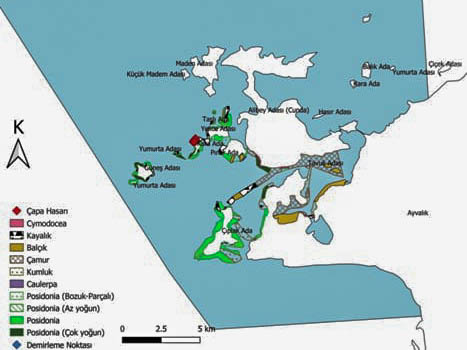Eastern Mediterranean University (EMU) Faculty of Arts and Sciences, Biological Sciences Department academic staff member and Underwater Research and Imaging Center President Assist. Prof. Dr. Burak Ali Çiçek provides scientific consultancy in a project carried out by the Aegean Ecotourism Association with the support of the United Nations, Global Environment Fund (GEF / SGP) for the protection of seagrass (Posidonia oceanica) at Ayvalık Islands Natural Park. Asst. Prof. Dr. Burak Ali Çiçek made the following statements about the project in question;
The seagrass project, which aims to ensure ecological, social and economic sustainability by preserving biodiversity in Ayvalık Islands Natural Park, was interrupted for a while due to the Covid 19 Pandemic and started again. The said project aims to contribute to the establishment of the protection / balance the use of the Ayvalık Islands’ Natural Park marine environment. Seagrass, known as submerged forests and undertaking very important tasks for the protection of the balance of the earth, are known to be important in terms of ecosystem services with inputs such as carbon sequestration and contributions to fisheries, as well as their ecological value such as producing oxygen, creating shelters for juvenile fish, and preventing erosion on the sea floor.
Seagrass, locally called "noodles" or "fica", are aquatic angiosperms (flowering plants) adapted to the marine environment and have roots, stems, leaves, flowers and seeds like terrestrial plants. There are 50 types of marine angiosperms worldwide. 7 angiosperm species belonging to the genus Cymodocea, Halophila, Posidonia, Ruppia, and Zostera spread throughout the Turkish Republic of Northern Cyprus (TRNC) and the Mediterranean in coastal and transitional waters. These species are Cymodocea nodosa, Halophila stipulacea, Posidonia oceanica, Ruppia cirrhosa, Ruppia maritima, Zostera marina and Zostera noltii. These plants, which cover large areas on the ground called seagrass, are included in the group of flowering plants with organs such as roots, stems, leaves and flowers.
Although it is an indispensable part of the marine ecosystem, seagrass can be adversely affected directly or indirectly as a result of various human activities. Especially in countries such as France, Italy, and Spain where recreational maritime is developed, they have been damaged by the deep wounds caused by the anchors. Hoeing is now prohibited in these countries, and buoys and vault systems are installed at anchoring points. In addition to anchoring, the harbor, shelter and pier structures built on the seashore cause a great damage to these underwater forests.

